Equipment
A longer shaft for more distance? Maybe not
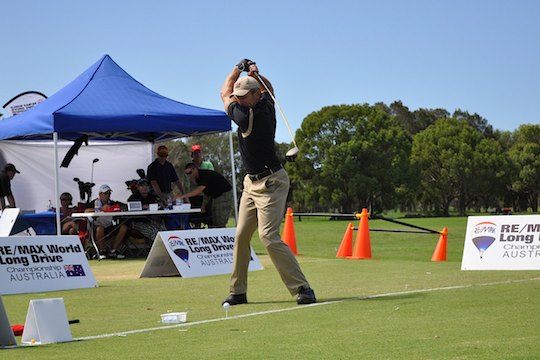
By Shawn Zawodni
Cluboratory Manager at Miles of Golf
Special to GolfWRX
Miles of Golf feels one of the very important parts of fitting a customer for a driver is the length of the driver. That is why the Cluboratory, our fitting center, has drivers of varying length.
We all know how important shaft length is for an iron. It determines impact position on the face, interaction with the turf, and posture at address. Drivers nowadays are being made longer and longer. Cobra is actually releasing a 48 inch driver called the Long Tom for 2012. The average length of a driver five years ago was approximately 45 inches. In 2011, the average driver length of the brands that we stock is 45.73 inches, and that number is only going to go up in 2012. In concept, going to a longer shaft is a great idea since in most cases the longer the shaft the faster the head will travel.
So if a longer driver will increase swing speed, why write about it? While fitting in the Miles of Golf Cluboratory™, we see a different picture play out that goes much deeper than raw club head speed. The key for hitting the ball far is to translate the club head speed into ball speed. If swing speed is increased, but the ball speed remains unchanged, then the extra club head speed is useless. The true number to pay attention to is ball speed and its relationship with club head speed. This relationship is called Smash Factor, and we use this number to give us an efficiency rating. The maximum speed a ball can come off the face of a golf club is one and a half times greater than the speed of the club head. This is the limit that is set by the USGA.
I personally fit more customers into 43 inch drivers than 46 inch or longer drivers. The reason I fit for a 43 inch driver is simple: it performs better. One example is from a guy I fit not too long ago. The player was a strong guy, about a 15 handicap with some consistency issues. Anything longer than 43 inch resulted in erratic impact all over the face, with erratic ball flight to match. As soon as he had a 43 inch heavy, stiff driver in his hands, the contact on the face became much more consistent so did his ball flight. His launch conditions (speed, launch angle, spin rate, spin axis, etc…) improved dramatically as well. His club head speed (which is the reason that a person would go to a longer driver) was exactly the same as a 45.5 inch driver. Despite losing 2.5 inch of length, the speed was identical. This is a common occurrence during fittings on the TrackMan machine.
So the big question is: why do we fit drivers of different lengths when all of the new drivers coming to market are approaching the 46 inch mark? Due to the volume of questions that we get on this topic, as well as personal curiosity, I decided to do a little testing and get actual numbers to help support a conclusion.
1. The Testing
We had 10 players from around the shop ranging in swing speed from 78.4 mph to 116.1 mph and handicaps ranging from scratch to 10 participate in this study. For the testing, everybody hit the Titleist 910 driver in the head (D2 or D3) with the loft, face setting, and shaft of their choice. The Titleist driver was chosen for the testing because we have the ability to match swing weight by adjusting the weight in the back, and we have multiple shafts that are exactly the same but are available in different lengths (example: Aldila RIP Alpha 60 stiff flex in 44.5 inch and 45.5 inch). Every club in this test, swing weighted to a D4 or D5. Each individual hit 10 balls with each driver length in no particular order.
Driver performance is based on three main variables: (1) Distance, (2) Accuracy/ Dispersion from the intended target, and (3) Face Impact. The goal of a driver is to consistently hit the ball as far as possible and at the intended target. This is how we determined the effectiveness of the two different length drivers.
2. Distance
2.2 Club Head Speed
The data that we came up with was very interesting. On average, the entire test group’s swing speed increased with the longer driver, increasing from 102.8 mph to 103.8 mph.
Club Head Speed
| Total 44.5 inch |
Average of averages: |
102.8 |
| Total 45.5 inch |
Average of averages: |
103.8 |
Measured in Miles Per Hour
However, we did not see a consistent 1 mph increase in speed with each individual tester. The highest swing speed improvement came from our owner Chris Mile, whose club head speed increased from 79.5mph to 81.4mph, for an increase of 1.9 mph.
Club Head Speed
| Chris Mile |
44.5 inch Average: |
79.5 |
| Chris Mile |
45.5 inch Average: |
81.4 |
MPH
On the other end of the spectrum we had Ken Johns who actually recorded a decrease in club head speed with the longer driver, dropping from 106mph to 105.4mph for a .6mph reduction.
Club Head Speed
| Ken Johns |
44.5 inch Average: |
106.0 |
| Ken Johns |
45.5 inch Average: |
105.4 |
MPH
These two examples were the extremes of the test. Four other testers recorded an increase of less than a half-mile an hour (.4 mph or less) during our testing with the longer driver.
So why would someone swing a longer club slower than a shorter club? When I showed Ken the results and asked him why he thinks he swung the shorter club faster, he simply said that he had more confidence in the shorter club. He felt like he could be a little more aggressive while maintaining control of the club. Ken felt that the longer driver lengthened his swing and decreased his efficiency, also decreasing his confidence. The numbers of the test supported Ken’s personal feelings.
2.3 Ball Speed
As stated in the introduction of this article, club head speed means nothing if it isn’t translated into ball speed. One of the data points that we focus on closely is called Smash Factor. To go a little further into detail, this is an efficiency rating that divides ball speed by club head speed. The ball cannot leave the face faster than 1.5 times the speed that the club head is traveling. Therefore a perfect Smash Factor rating is 1.50. The closer this number is to 1.50, the more efficient the ball is rebounding off of the face. The Smash Factor helps us determine how closely the ball is hit to the sweet spot, and how efficient a player’s swing is. For reference, the PGA tour averages between a 1.48 and 1.49 Smash Factor reading. So how did the longer driver with an average club head speed increase of 1 mph translate to ball speed? For the entire group of testers, we only saw an increase of .9mph ball speed.
Ball Speed
| Total 44.5 inch |
Average of averages: |
152.5 |
| Total 45.5 inch |
Average of averages: |
153.4 |
MPH
Assuming a perfect Smash Factor rating with the longer club, we should have seen in increase of 1.5mph ball speed with the 1 mph increase in club head speed. Only seeing an increase of .9mph indicates that the longer driver is slightly less efficient on average for the entire group. Even more so than the club head speed, we saw a couple of extremes in the ball speed category. The two testers who saw the greatest difference in club head speed, also saw the greatest difference in ball speed. Once again, Chris Mile, saw a substantial increase of 3.9 mph of ball speed.
Ball Speed Smash Factor
| Chris Mile |
44.5 inch Average: |
116.1 |
1.46 |
| Chris Mile |
45.5 inch Average: |
120.0 |
1.47 |
MPH
The reason why Chris saw such an improvement in ball speed is for 2 reasons: his club head speed increased 1.9mph, and his Smash Factor increased from 1.46 to 1.47. So he was not only swinging faster, but also the ball was also coming off the face more efficiently. This gives us an indication that going to a longer driver increased Chris’s potential for speed.
Like club head speed, Ken Johns was on the other extreme of the ball speed differential. Ken saw a decrease of 1.9 mph going to the longer driver. The ball speed decrease can actually be explained by using the same data points that explained an increase in ball speed for Chris Mile.
Ball Speed Smash Factor
| Ken Johns |
44.5 inch Average: |
157.1 |
1.48 |
| Ken Johns |
45.5 inch Average: |
155.2 |
1.47 |
MPH
Ken saw a decrease in ball speed for two reasons: he actually swung the longer club .6mph slower than the shorter club, and was less efficient with a Smash Factor reading of 1.47 with the longer club vs. 1.48 with the shorter club. This data helps support the fact that Ken preferred the shorter club.
I personally was in the middle of the pack when it came to club head speed and ball speed increases. I saw a .9 mph club head speed increase from 114.5 mph to 115.4 mph, and a 1.1 mph ball speed increase from 168.6 mph to 169.7 mph. I had an identical 1.47 Smash Factor with both clubs.
Club head Speed Ball Speed Smash Factor
| Shawn Zawodni |
44.5 inch Average: |
114.5 |
168.6 |
1.47 |
| Shawn Zawodni |
45.5 inch Average: |
115.4 |
169.7 |
1.47 |
MPH
Chris Mile saw a significant increase in speed by going to a longer driver, Ken Johns saw a significant decrease in speed with a longer driver, and I personally saw an increase that closely mirrors that of the group average. So what does this mean about the actual performance of the longer driver? Driver performance isn’t just based solely off of speed. Driver performance is based off of total distance and left and right dispersion. This is where the data gets interesting.
2.4 Launch Angle & Spin Rate
The other two primary variables of distance when it comes to ball launch conditions are launch angle and spin rate. Launch angle is the vertical angle relative to flat that the ball comes off of the face. Spin rate is how many rpms of backspin the ball has coming off the face of the club. Backspin on a golf ball creates a low-pressure zone above and behind the ball as it’s flying through the air, causing lift and drag. Depending on ball speed, there are optimal windows in which we would like to see the launch angle and spin rate. Ultimately our goal is to optimize launch angle and spin rate based on a player’s ball speed. We want just enough spin for the ball to maintain its trajectory without altering it. Too much spin relative to speed will create lots of lift and drag, causing the ball to climb and lose its down-range momentum. This leads to a ball that will fall to the ground at a steeper than desired angle killing roll. A golf ball with too little spin will not have enough lift to maintain trajectory and will fall out of the air, significantly reducing carry distance.
Launch angle plays a primary role in how much spin we need on a golf ball. Across all swing speeds, the lower a ball is launched, a higher spin rate is needed to help keep the ball in the air. The higher a ball is launched, a lower spin rate is needed to maintain optimal trajectory. In a perfect world, we like to see a high launch angle with a spin rate that’s just high enough to maintain that trajectory.
For example, if there is a player who has a ball speed of 150 mph and launches the ball low with an 6.5 degree launch angle, then this player will have to spin the ball between 2,800 rpm-3,300 rpm to achieve optimal trajectory given their low launch angle. On the other hand, if you take the same player and he launches it at 15 degrees, then the optimal spin rate would be between 1,900 rpm-2,300 rpm to achieve optimal trajectory.
So how does this tie back in with our length data? There are many variables that will change how the ball will launch and spin off of the clubface. Club head delivery and face contact are without question the two most important determining factors of ball launch conditions. Changing the length of a club will change club head delivery as well as face contact.
On average the 45.5 inch driver had a 100 rpm higher spin rate than the 44.5 inch driver, and launched .1 degree higher.
Launch Angle Spin Rate
| Total 44.5 inch |
Average of averages: |
10.4 |
3086 |
| Total 45.5 inch |
Average of averages: |
10.5 |
3186 |
Measured in Degrees Measured in RPM
This is actually a very small change that that won’t make much of a difference to the ball flight. Just like the speed test however, there were a couple of individuals that saw a significant difference in performance. Every player in the study launched the ball within 1 degree with both driver lengths, which has very little impact on our down range performance, so I’ll focus more on the spin rate.
Once again, Chris saw the greatest increase in spin rate with the longer driver, and one of our custom fitters, Brian Carpenter, saw the greatest decrease in spin with the longer driver.
Ball Speed Launch Angle Spin Rate
| Chris Mile |
44.5 inch Average: |
116.1 |
15.3 |
2694 |
| Chris Mile |
45.5 inch Average: |
120.0 |
15.7 |
3159 |
| Brian Carpenter |
44.5 inch Average: |
147.7 |
12.0 |
3483 |
| Brian Carpenter |
45.5 inch Average: |
150.8 |
11.9 |
3199 |
MPH Degrees RPM
Chris saw an increase of 465 rpm of spin, and Brian saw a decrease of 284 rpm. In both of these examples the spin rate change was an improvement with the longer driver. Based off of the ball speed and launch angle, the added spin with the longer driver for Chris helped keep the ball in the air longer allowing the ball to fly down range longer than the lower spinning ball. Combine that with Chris’s increase in ball speed by 3.9 mph and we see a ball that climbs to an apex 4.2 yards higher and stays in the air for a half-second longer. This leads to an increase in carry distance of 8.9 yards. That’s almost a full club length.
Apex (yards) Flight Time Carry Distance
| Chris Mile |
44.5 inch Average: |
22.5 |
5.3 |
174.4 |
| Chris Mile |
45.5 inch Average: |
26.7 |
5.8 |
183.3 |
Seconds Yards
Brian saw a decrease in spin by 284 rpm with the longer driver, which was also a positive result, based on his ball speed. Because Brian’s ball speed was around the 150mph range, and he launched the ball around 12 degrees, the lower spin with the longer club created less drag and allowed the ball to get down range faster. Due to the reduced drag, and the ball getting down range more efficiently, Brian’s carry distance increased by 11.4 yards.
Spin Rate Carry Distance
| Brian Carpenter |
44.5 inch Average |
3483 |
246.3 |
| Brian Carpenter |
45.5 inch Average |
3199 |
257.7 |
RPM Yards
2.5 Distance Summary
As an average the numbers are pretty easy to decipher. The 45.5 inch driver carried 1.1 yards longer, and the 44.5 inch driver went .6 yards longer total.
Carry Distance Total Distance
| Total 44.5 inch |
Average of averages: |
242.9 |
265.1 |
| Total 45.5 inch |
Average of averages: |
244.0 |
264.5 |
Yards
The longer driver carried 1.1 yards longer for three reasons: 1) ball speed with the 45.5 inch driver was .9 mph faster, 2) the spin rate with the 45.5 inch driver was 100 rpms higher creating more lift, and 3) the 45.5 inch driver launched .1 degree higher. All of these variables are miniscule, however when combined they equal a driver that carries 1.1 yards longer than a shorter driver.
The 44.5 inch driver, although slightly slower, still had a longer total distance than the 45.5 inch driver because of two reasons. Those two reasons happen to be the same reasons why the 45.5 inch driver carried longer. The lower launch and lower spin rate from the 44.5 inch driver created a more penetrating (flatter) ball flight. The angle of decent with the 44.5 inch driver, which is the angle the ball approaches the ground, was 1.3 degrees flatter than the 45.5 inch driver which means the ball will roll out more once it hits the ground. During driver fittings we try to maximize carry distance while reducing decent angle. If we can achieve maximum carry distance combined with the flattest decent angle, then we know we maximized total distance potential.
Decent angle
| Total 44.5 inch |
Average of averages: |
38.8 |
| Total 45.5 inch |
Average of averages: |
40.1 |
Degrees
Of course, just like every other topic we have covered, there were outliers who saw both positive and negative results with distance by going to a longer driver. Brian Carpenter, who also had the greatest improvement in the Ball Launch Conditions, also saw the greatest increase in distance.
Carry Distance Total Distance
| Brian Carpenter |
44.5 inch Average: |
246.3 |
265.4 |
| Brian Carpenter |
45.5 inch Average: |
257.7 |
280.9 |
Yards
As shown in the Ball Launch Conditions section, Brian carried the ball 11.4 yards longer with the 45.5 inch driver than the 44.5 inch driver. Total distance increase was 15.5 yards. That is a significant increase and worth the extra length assuming similar dispersion patterns. There’s an interesting twist to the long driver performing so well for Brian. When asked what length driver Brian currently plays, he stated that he prefers a short driver (under 45 inches) because he feels that it gives him more control. I’ll discuss this in more detail in the Accuracy portion of this article.
Throughout the entire test group however we saw a different story from Brian’s. Only four of the 10 testers saw any total distance increase at all, and Brian was the only individual who saw a total distance gain of more than five yards. The shorter driver had very similar results to the long driver. 6 testers saw a distance gain, only 1 of the 6 saw a distance gain of more than 5 yards. Just like the Ball Speed category, the person who saw the greatest distance increase with a shorter driver was Ken Johns. Ken saw an increase of 16 yards with the 44.5 inch driver vs. the 45.5 inch driver. The reason Ken saw such an increase in total distance is because of two reasons: 1) Speed. As covered earlier, Ken’s ball speed was 1.9mph faster with the 44.5 inch driver over the 45.5 inch driver, and 2) Spin rate. The shorter driver spun 492rpm less than the longer driver creating a more penetrating trajectory. Combine the faster speed with the flatter trajectory and Ken saw a significant total distance gain with the 44.5 inch driver.
Ball Speed Spin Rate Total Distance
|
Ken Johns |
44.5 inch Average |
157.1 |
3064 |
278.7 |
|
Ken Johns |
45.5 inch Average |
155.2 |
3556 |
262.7 |
MPH RPM Yards
So far we have two testers who saw a significant difference in total distance between the 44.5 inch driver and the 45.5 inch driver in opposite directions, and the rest of the field who saw a minimal distance gain with either length. Distance only does so much as long as you can find the ball after you hit it. Fifteen more yards doesn’t help if it’s 15 more yards out of bounds. So lets look at dispersion.
3. Accuracy & Dispersion
We didn’t see a significant difference in distance on average between the 44.5 inch driver and the 45.5 inch driver so let’s focus on accuracy and dispersion. How did the length of the golf club impact the accuracy as well as the grouping of the drives?
We measured accuracy by the distance from the intended target. For example if a player hits one shot 10 yards right, then the next one 10 yards left, then their average distance from our intended target is 10 yards. Dispersion is the distance between the most left shot and the most right shot. Sticking with the above example, then the dispersion between the two shots is 20 yards.
3.1 Accuracy
On average our testers hit the 44.5 inch driver 13.9 yards offline and the 45.5 inch driver 15.7 yards offline. Eight out of our 10 testers hit the ball straighter with the shorter driver. Similar to the distance test, only three testers saw a difference of more than four yards between the two lengths. Two testers saw an improvement of 6.2 yards and 7.9 yards with the shorter driver, and one tester hit it 8.7 yards straighter with the longer driver. The other tester who hit the longer driver straighter saw an improvement of only .7 yards.
Distance from Target
| Total 44.5 inch |
Average of averages: |
13.9 |
| Total 45.5 inch |
Average of averages: |
15.7 |
Yards
Despite the group average, the straightest individual group came from the 45.5 inch driver at 7.1 yards offline compared to 8.4 yards offline with the 44.5 inch driver. The farthest individual group from our centerline did come from the 45.5 inch driver at 24 yards offline compared to 20.5 yards offline with the 44.5 inch driver.
Distance from Target
|
44.5 inch Best individual average |
8.4 |
|
45.5 inch Best individual average |
7.1 |
|
44.5 inch Worst individual average |
20.5 |
|
45.5 inch Worst individual average |
24 |
Yards
On average the 44.5 inch driver was only 1.8 yards straighter in relationship to the target line compared to the 45.5 inch driver, and 8 out of 10 of our testers did hit it more accurately, even if most of them only hit it slightly straighter.
3.2 Dispersion
Dispersion tells us how tight the groupings are. If a player hits the ball on average 15 yards left of the target line, but does it consistently and repeatedly, then that player will have a smaller dispersion pattern. The smaller the dispersion pattern, the easier it is to play and correct for tendencies. So the player who misses the target line 15 yards to the left consistently can compensate by aiming 15 yards to the right and still be a very good driver of the golf ball. We also wanted to see what kind of impact length had on the dispersion pattern.
Seven out of 10 of our testers saw a tighter dispersion pattern with the 44.5 inch driver over the 45.5 inch driver. On average the left to right deviation was 7.6 yards tighter with the shorter driver than the longer driver.
Left to Right Dispersion
|
Total 44.5 inch |
Average of averages |
40.0 |
|
Total 45.5 inch |
Average of averages |
47.6 |
|
Difference |
7.6 |
Yards
However, like every other test we have done today, there were extremes. One of our testers hit the 45.5 inch driver 30.3 yards tighter than the 44.5 inch driver, while the other two testers that hit the longer driver tighter did so by 4.4 yards and 9 yards. There were 3 testers that put up a tighter dispersion pattern of 25 yards or more with the shorter driver. As a group the shorter driver did hit the ball tighter than the longer driver.
We only saw a 1.8 yard difference between the two lengths when it came to accuracy, but we did see a 7.6 yard difference in dispersion. As with every test we have done so far there have been extremes both positive and negative for both lengths.
4. Face Impact
Almost as important as to how the club head is delivered to the ball, is where the ball impacts the face. Impact position is going to determine spin axis (tilt left or right commonly referred to as side spin), ball speed, launch angle, spin rate, horizontal launch direction, etc … If the club head is delivered perfectly neutral to the ball but impact position is low and on the heel, then we will see reduced ball speed, a lower launch angle, and an increased spin rate, and typically a right spin axis creating a drive that will be shorter and less accurate.
Each tester hit a series of shots with face tape on the club so we could see exact impact location on the face. I measured the widest part of each tester’s impact group and added it with the tallest part of the impact group. The sum of the two numbers will give us a good face dispersion number to compare to the other impact position groupings. For example, if the dispersion heel to toe is 2 inches across and the dispersion crown to sole is 1.5 inches, then that player has a face impact position number of 3.5. The lower the number, the tighter the impact group on the face and the more consistent the ball will tend to fly (assuming consistent delivery of the club head).
The average face dispersion number with the 44.5 inch driver was 3.294 inch and 3.248 inch with the 45.5 inch driver. That’s a difference of only .046 inch between the two different lengths. Surprisingly enough, the longer driver was the one that had the slightly tighter face dispersion.
Face Dispersion
|
Average 44.5 inch |
3.294 inch |
|
Average 45.5 inch |
3.248 inch |
|
Difference: |
.046 inch |
5. Summary
In conclusion we saw both drivers perform well for some of our testers, and poorly for others. The shorter driver did perform more consistent overall, however there were a few of the testers that did see a positive result with the longer driver over the shorter driver. There are articles out there stating that there is no consistency difference between a longer driver and a shorter driver so you might as well play the longest driver you can to get maximum speed. There are others stating that anything longer than 44 inch creates wild inconsistencies and everybody needs to play shorter drivers.
My conclusion after fitting on a TrackMan machine for over five years in our Cluboratory, as well as completing this study, is that everybody is unique and needs to be properly fit for a driver. I personally play a 44 inch driver and I’m in the process of building a 43 inch driver. I had a guy come in not to long ago wanting to go to a 44 inch driver for control, and we ended up putting him in a 45.5 inch driver because he hit it more consistently on the face that resulted in more accuracy. There is no magic length that everybody should play, however everybody does need to be properly fit.
- LIKE35
- LEGIT2
- WOW0
- LOL0
- IDHT0
- FLOP0
- OB0
- SHANK3
Whats in the Bag
Taylor Pendrith’s winning WITB: 2024 CJ Cup Byron Nelson
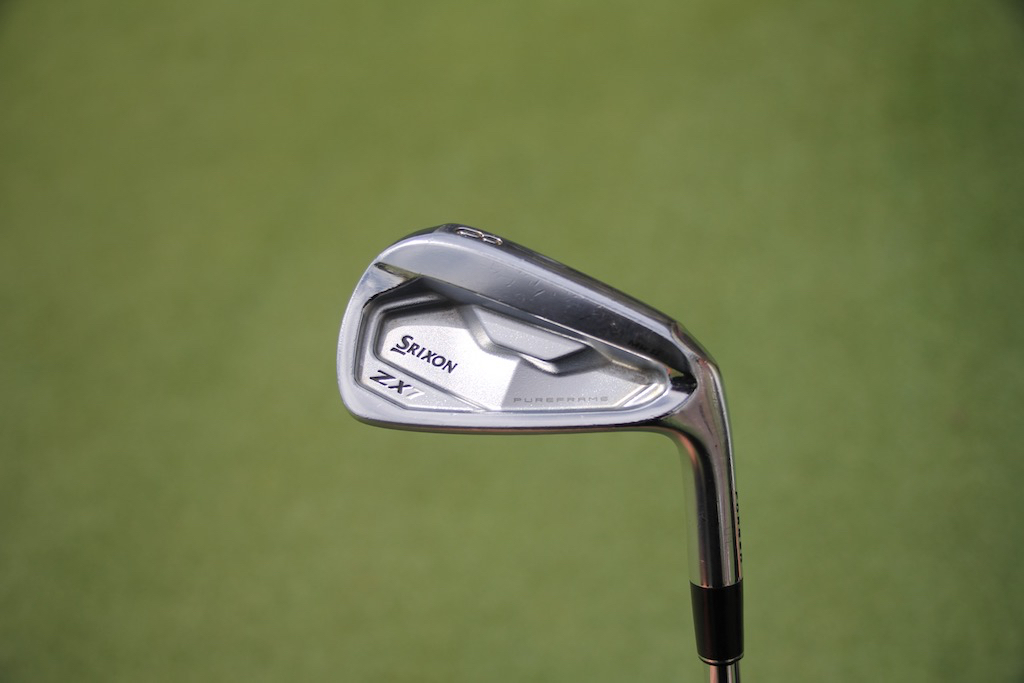
Driver: Ping G430 LST (9 degrees) Buy here.
Shaft: Accra TZ Six ST
3-wood: Ping G430 Max (15 degrees) Buy here.
Shaft: Project X HZRDUS Smoke Green 80 6.5 TX
7-wood: Ping G425 Max (20.5 degrees) Buy here.
Shaft: Project X HZRDUS Smoke Green 90 6.5 TX
Irons: Srixon ZX (2, 3) Buy here, Srixon ZX7 Mk II (4-9) Buy here.
Shafts: Project X HZRDUS Smoke Black 6.5 90, 6.5 100 (2-3), True Temper Dynamic Gold Tour Issue X100

Wedges: Cleveland RTX 6 Tour Rack (46-10 Mid, 52-10 Mid, 56-10 Mid, 60-9 Full) Buy here.
Shafts: True Temper Dynamic Gold Tour Issue X100
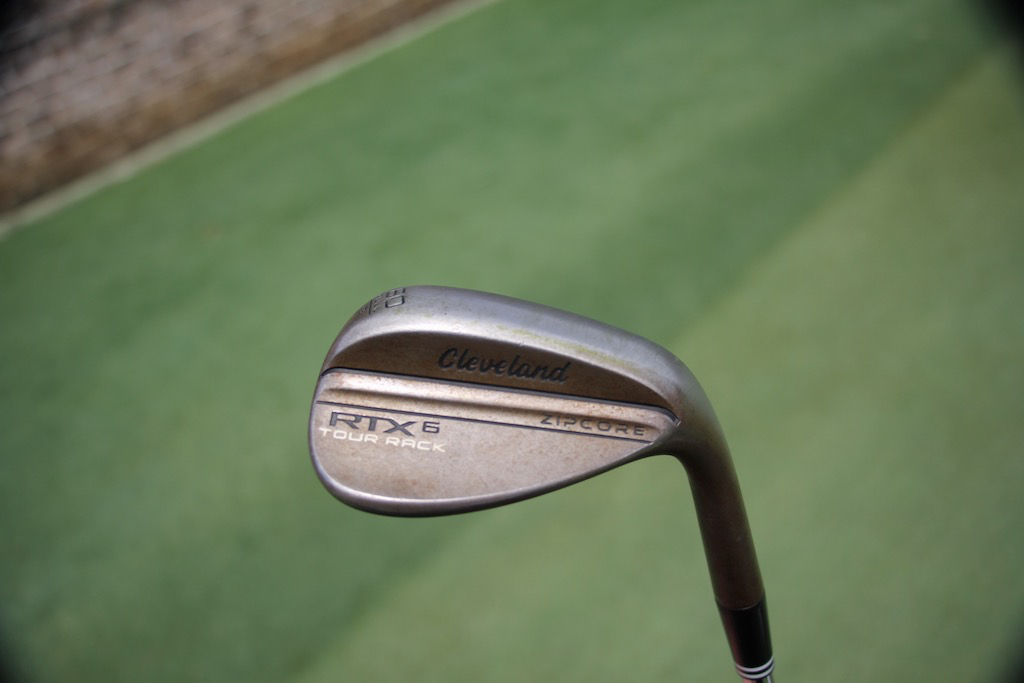
Putter: Odyssey Jailbird Versa Buy here.
Grip: SuperStroke Zenergy Flatso 1.0
Grips: Golf Pride MCC
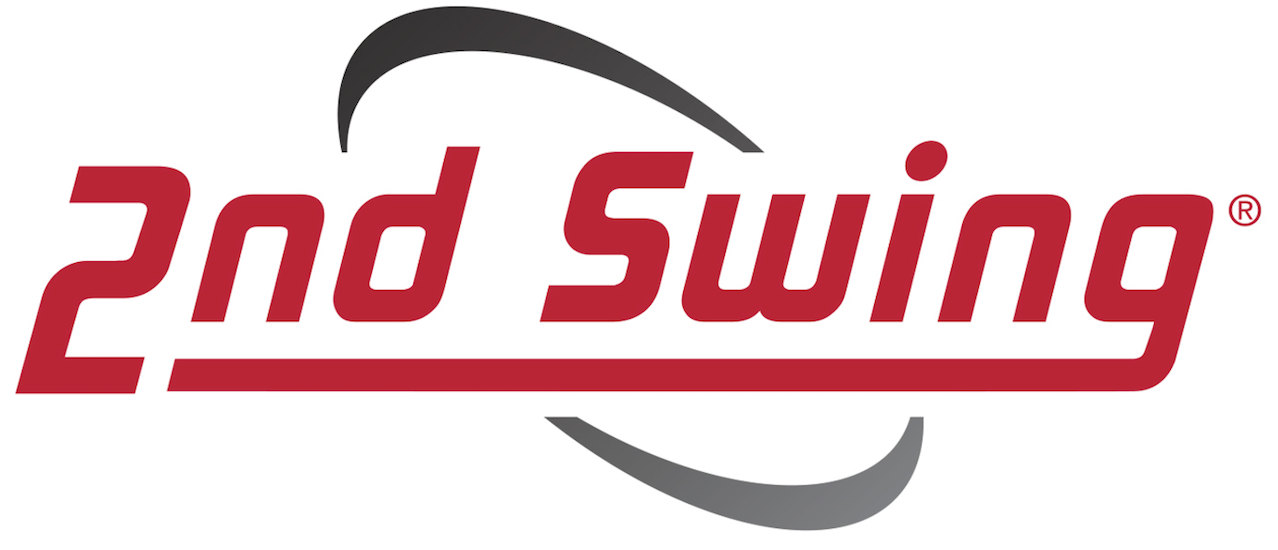
The winning WITB is presented by 2nd Swing Golf. 2nd Swing has more than 100,000 new and pre-swung golf clubs available in six store locations and online. Check them out here.
- LIKE10
- LEGIT0
- WOW0
- LOL1
- IDHT0
- FLOP0
- OB0
- SHANK0
Whats in the Bag
Ben Kohles WITB 2024 (May)
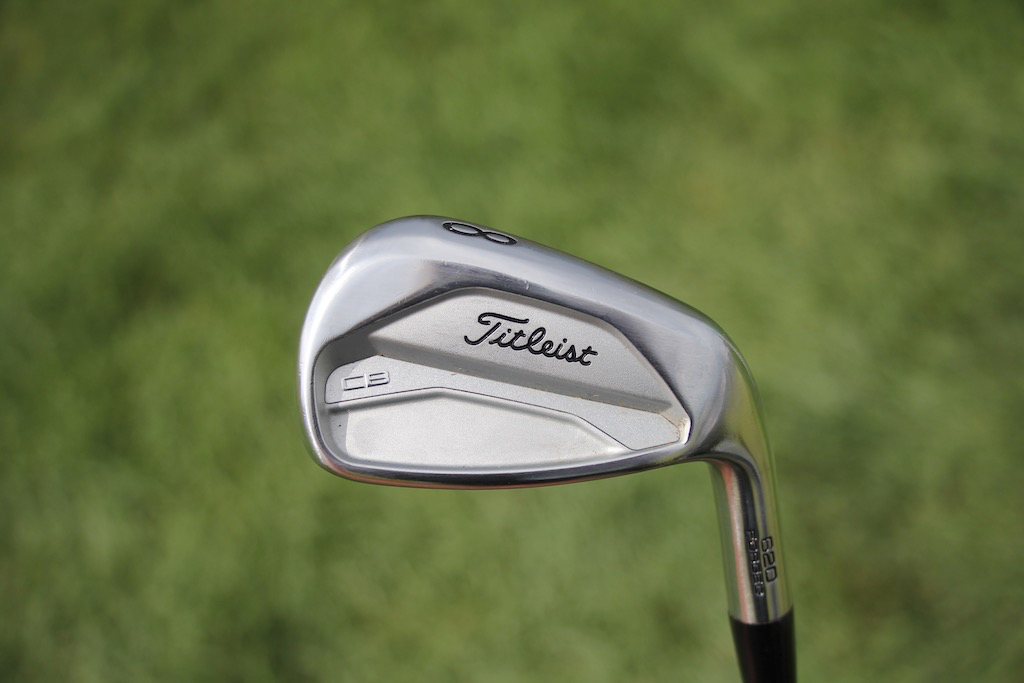
Driver: Titleist TSR3 (9 degrees, D1 SureFit setting)
Shaft: Fujikura Ventus Blue 6 X
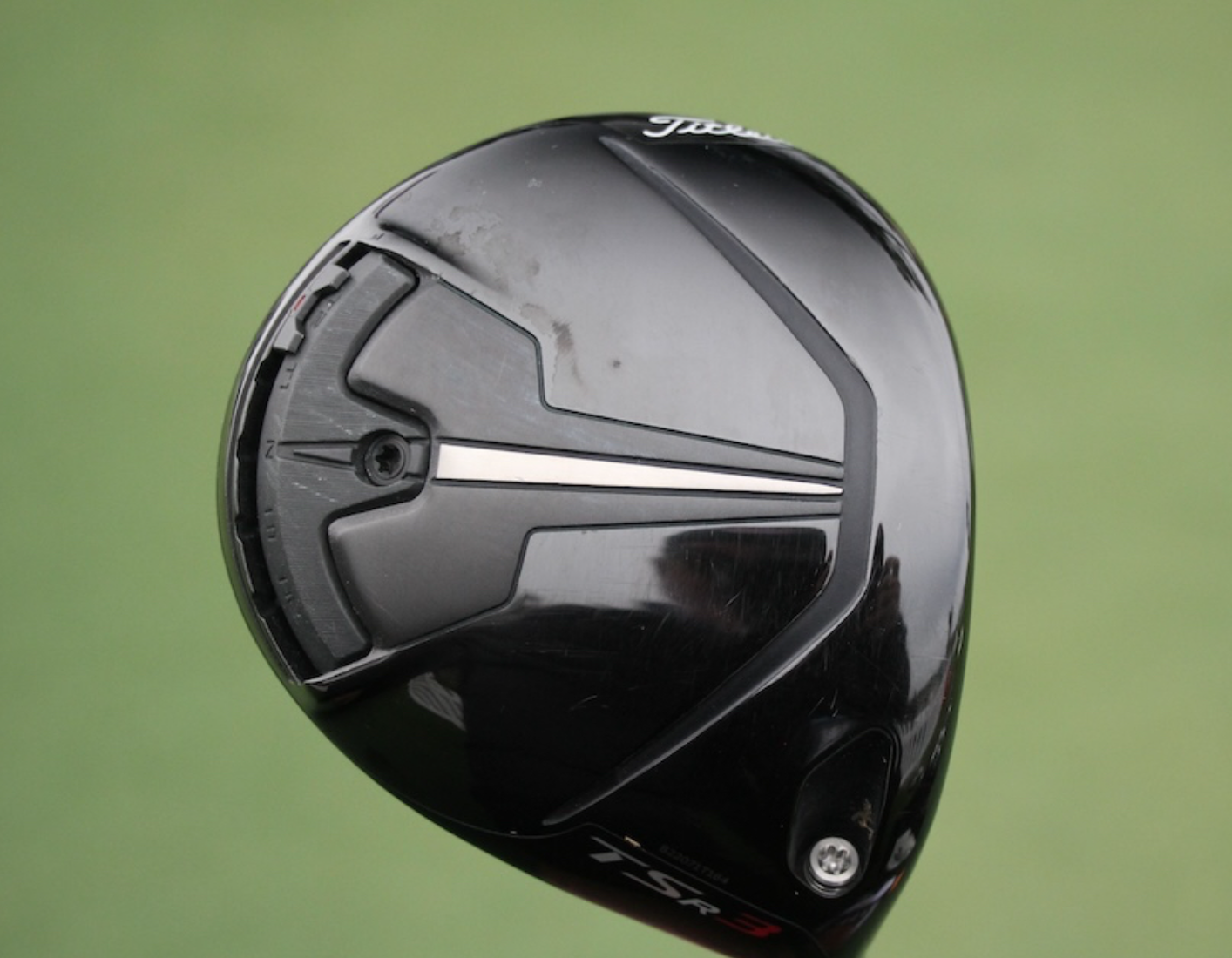

3-wood: TaylorMade Stealth Plus (15 degrees)
Shaft: Fujikura Ventus Blue 8 X
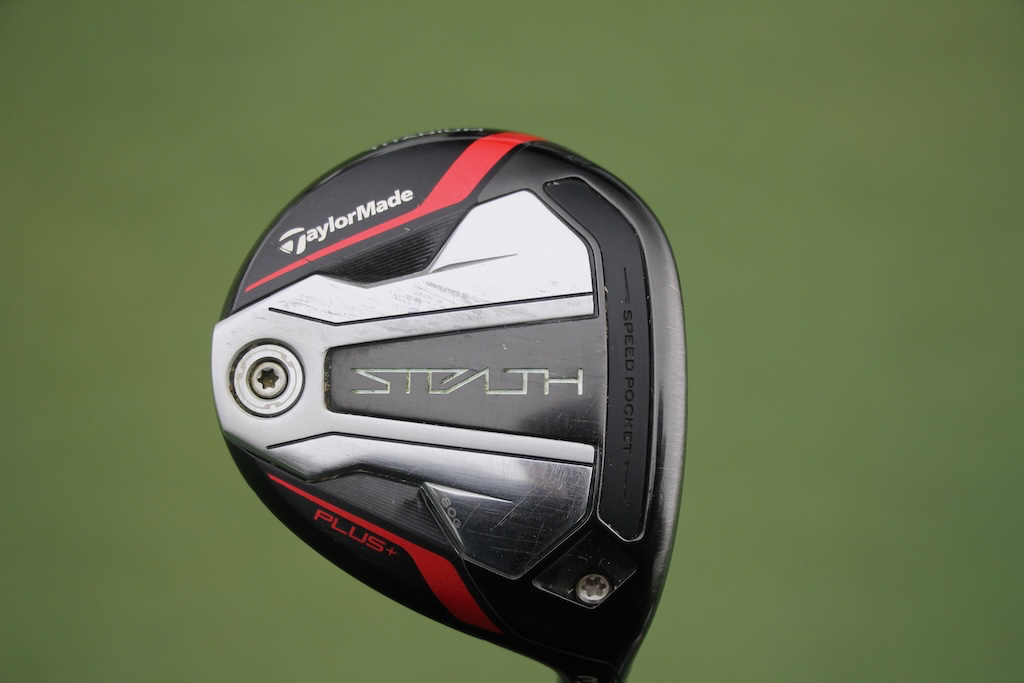
Hybrid: Titleist TSR3 (19 degrees, D1 SureFit setting)
Shaft: Fujikura Ventus Blue HB 9 X
Irons: Titleist T200 (4, 5), Titleist 620 CB (6-9)
Shafts: Project X 6.0
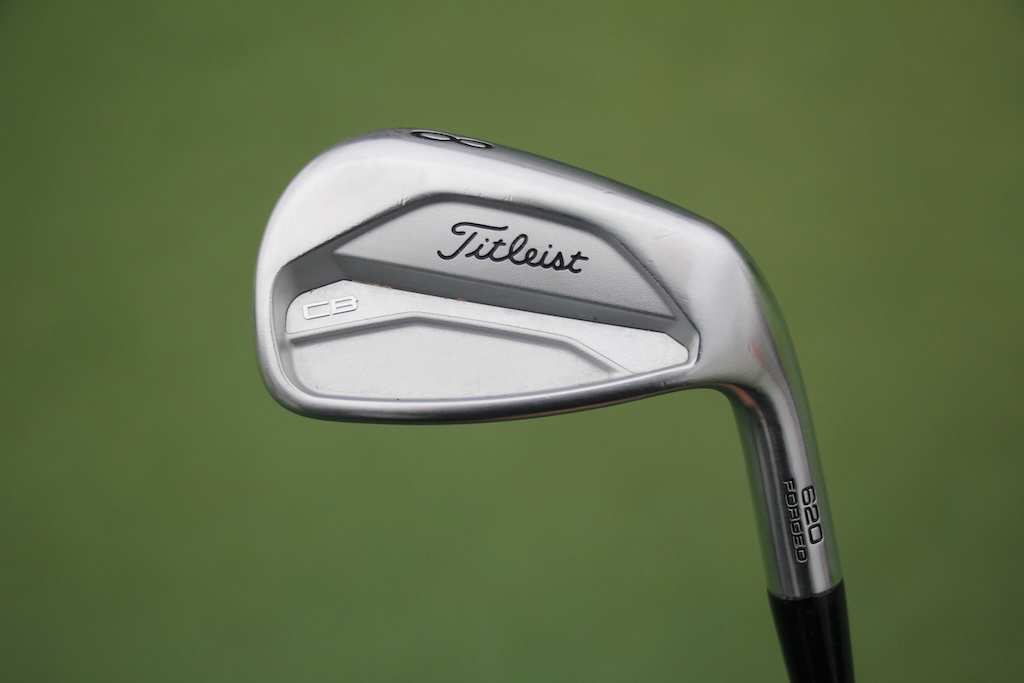
Wedges: Titleist Vokey Design SM10 (46-10F, 50-12F, 54-12D, 60)
Shafts: Project X 6.0
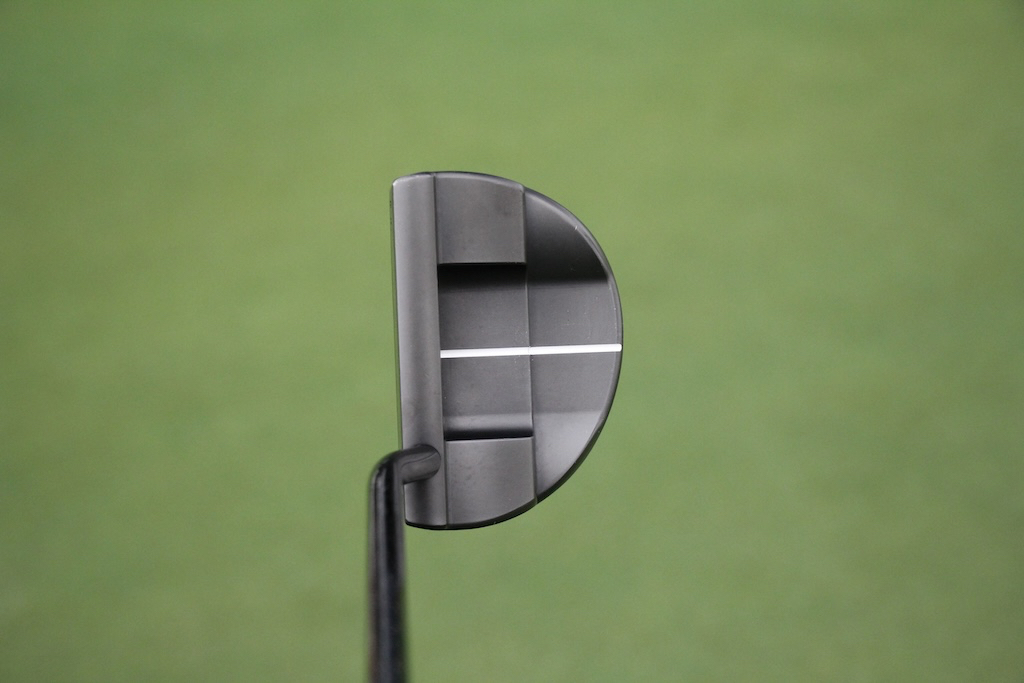
Putter: Scotty Cameron P5 prototype
Grips: Golf Pride Tour Velvet
Ball: Titleist Pro V1
Check out more in-hand photos of Ben Kohles’ clubs in the forums.
- LIKE10
- LEGIT0
- WOW0
- LOL3
- IDHT0
- FLOP0
- OB0
- SHANK0
Whats in the Bag
Kris Kim WITB 2024 (May)

- Kris Kim what’s in the bag accurate as of the CJ Cup Byron Nelson. More photos from the event here.
Driver: TaylorMade Qi10 (9 degrees @7)
Shaft: Mitsubishi Tensei 1K White 60 TX
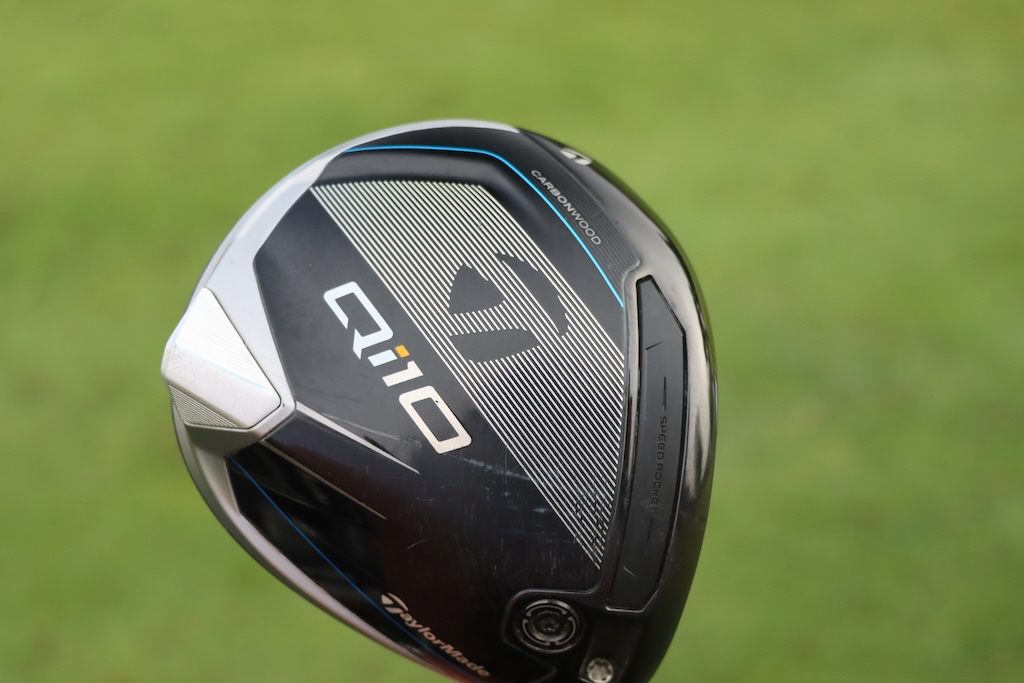

3-wood: TaylorMade Qi10 Tour (15 degrees @13.5)
Shaft: Mitsubishi Diamana WB 73 TX
Irons: TaylorMade P770 (2, 4), TaylorMade P7MB (5-PW)
Shafts: Mitsubishi Tensei 1K White 80 TX (2), Nippon N.S. Pro Modus3 Tour 120 X
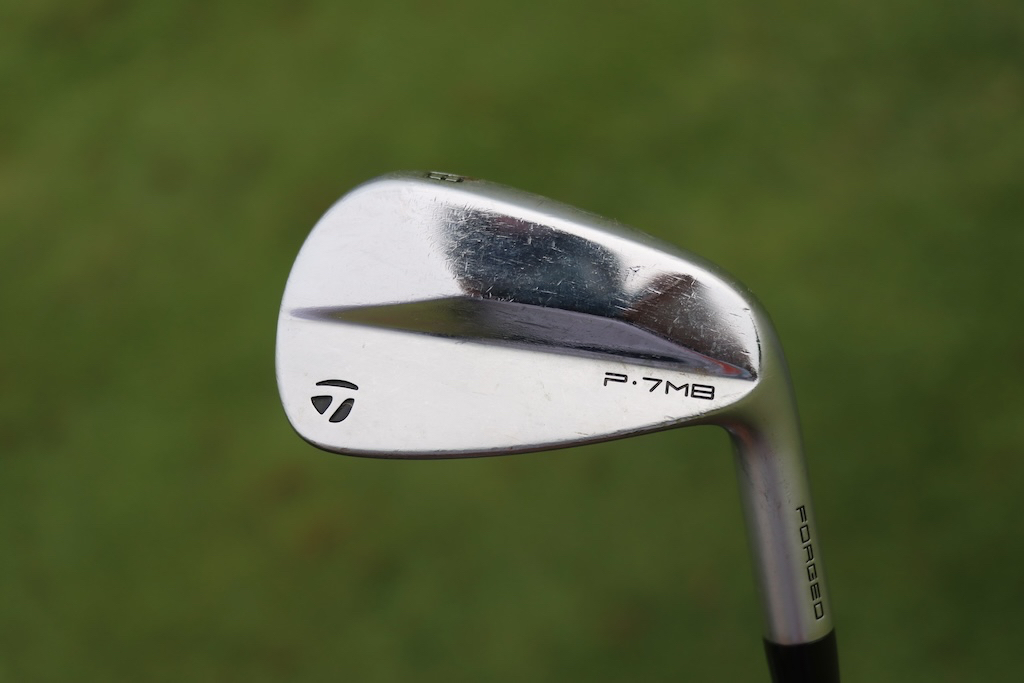

Wedges: TaylorMade MG4 (50-09SB, 56-12SB, 60-11TW)
Shafts: Nippon N.S. Pro Modus3 WV 125
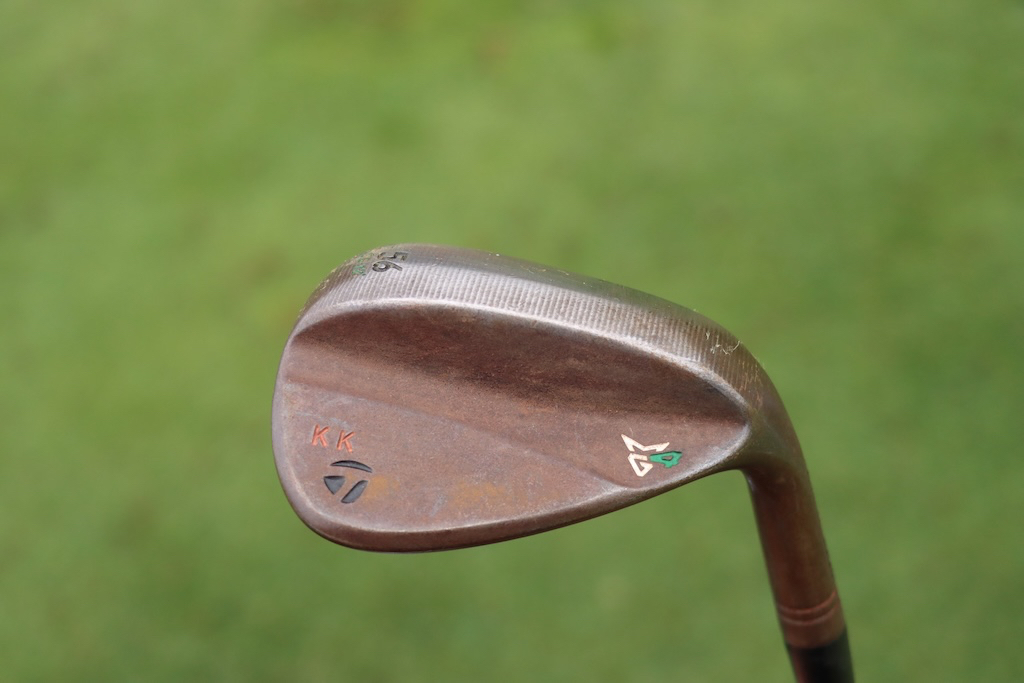

Putter: TaylorMade Spider Tour
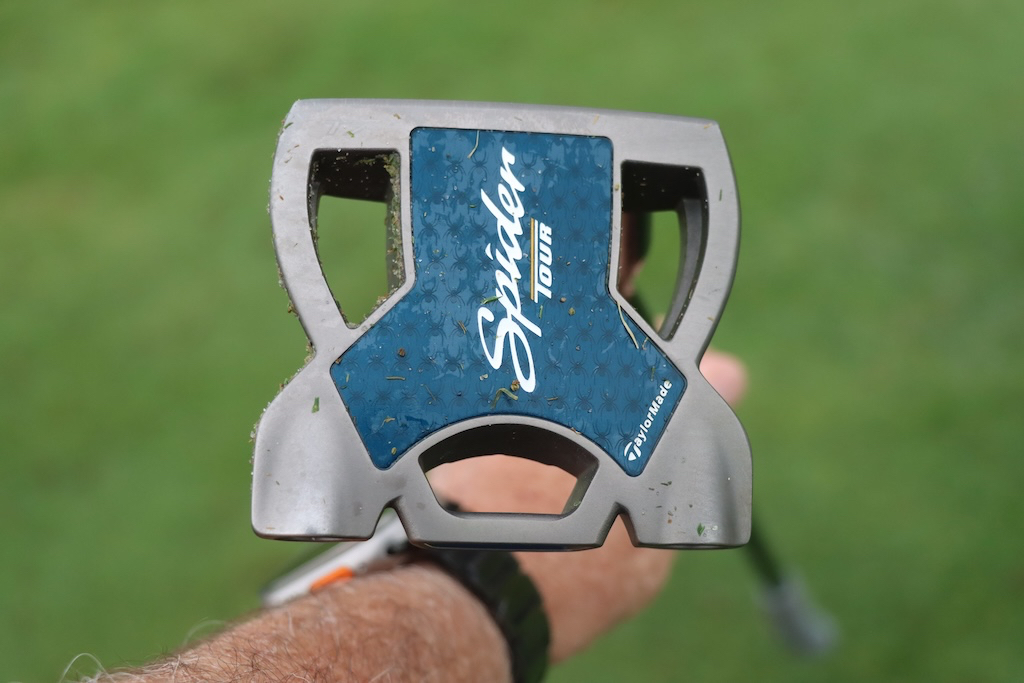
Grips: Golf Pride Tour Velvet Cord
Check out more in-hand photos of Kris Kim’s equipment here.
View this post on Instagram
- LIKE4
- LEGIT0
- WOW0
- LOL0
- IDHT0
- FLOP0
- OB0
- SHANK0
-

 19th Hole2 weeks ago
19th Hole2 weeks agoJustin Thomas on the equipment choice of Scottie Scheffler that he thinks is ‘weird’
-

 19th Hole2 weeks ago
19th Hole2 weeks ago‘Absolutely crazy’ – Major champ lays into Patrick Cantlay over his decision on final hole of RBC Heritage
-

 19th Hole3 weeks ago
19th Hole3 weeks agoReport: LIV Golf identifies latest star name they hope to sign to breakaway tour
-

 19th Hole3 weeks ago
19th Hole3 weeks agoNeal Shipley presser ends in awkward fashion after reporter claims Tiger handed him note on 8th fairway
-

 19th Hole3 weeks ago
19th Hole3 weeks agoBrandel Chamblee has ‘no doubt’ who started the McIlroy/LIV rumor and why
-

 19th Hole1 week ago
19th Hole1 week agoLET pro gives detailed financial breakdown of first week on tour…and the net result may shock you
-
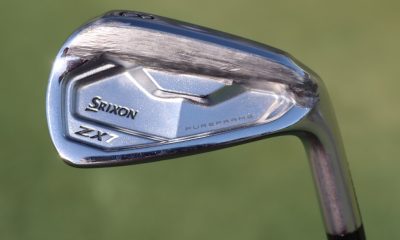
 Equipment3 weeks ago
Equipment3 weeks agoJason Day on his recent switch into Srixon ZX5 and ZX7 Mk II irons
-
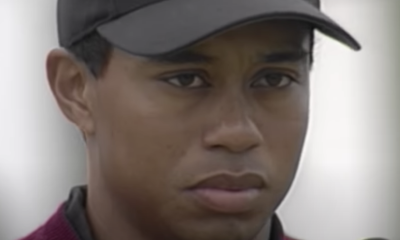
 19th Hole4 days ago
19th Hole4 days agoGary Player claims this is what ‘completely ruined’ Tiger Woods’ career



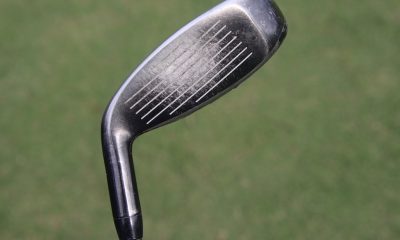

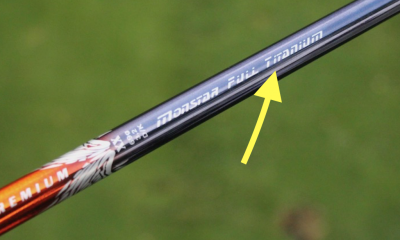

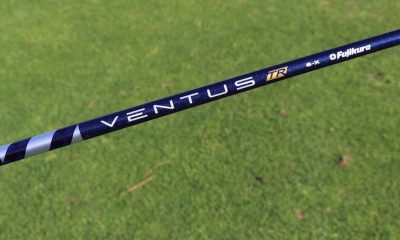

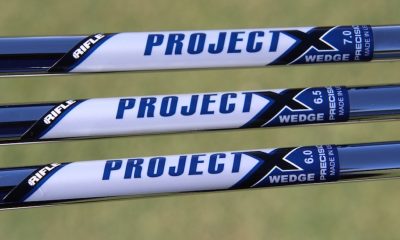

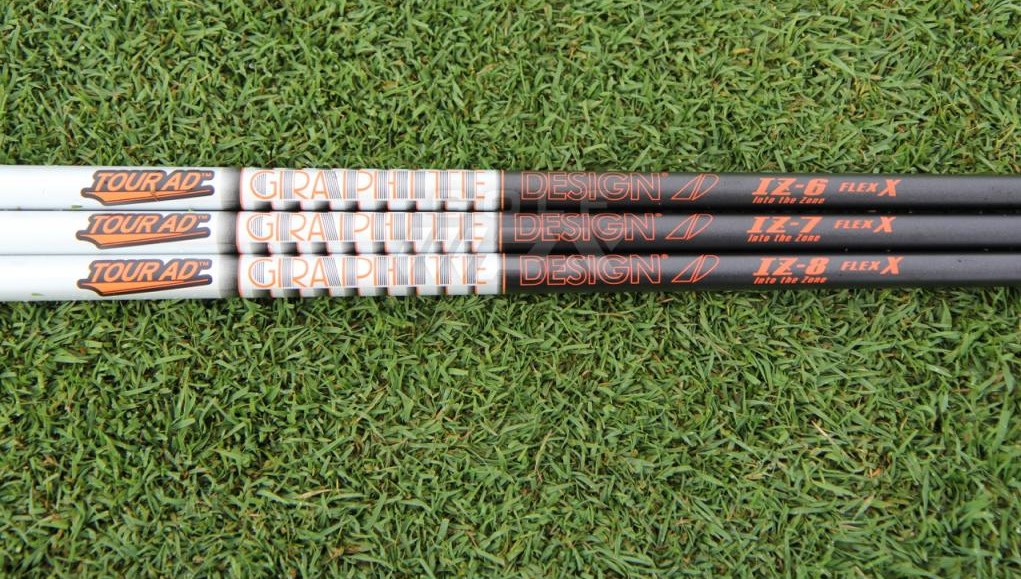
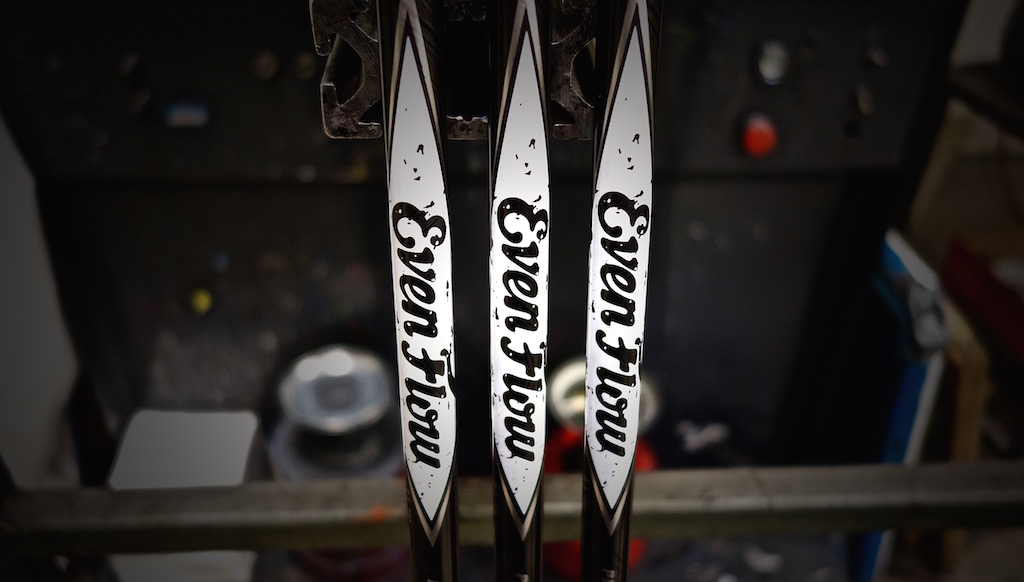







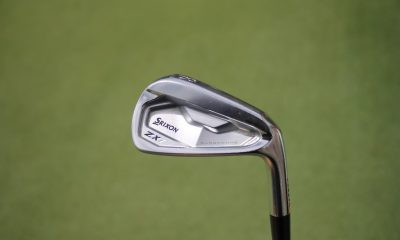

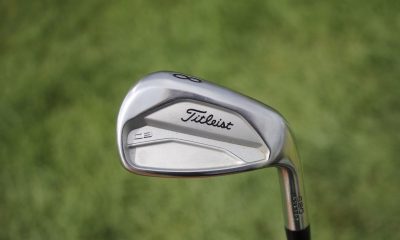

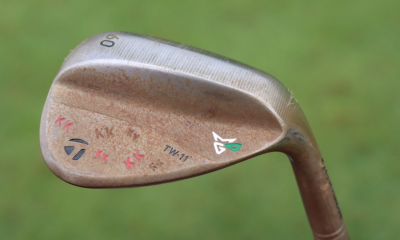

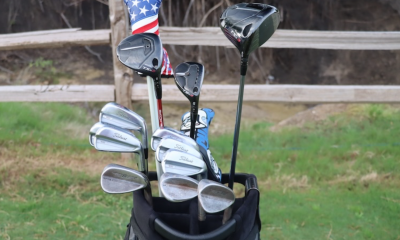

maverick
Nov 14, 2012 at 6:28 pm
The review sounds like a scratch player wrote it so the fairness is questionable. As players get older longer shafts are one way to keep playing golf on a decent level. They is a huge market for drivers that deliver on length. Just look at the sucess of TaylorMade’s RBZ line, all have longer shafts.
John
Apr 22, 2012 at 10:23 pm
The scratch purist will say the 48′ Tom is gouache.
I’m a 12 and usually throw a 270-285 number out there with my TM Sfast or Cobra Speed LD (all stock).
I swung the Cobra LT cold at 111mph.
It’s the real deal for us mortals…
I just nutted the longest drive of my 43 year old life.
336 yards, level fairway and with no draw.
Game, set, match…
Kangastu
Mar 6, 2012 at 12:55 am
Pretty interesting. However, I really think you should take into consideration the size of the golfer. In Jack Nicklaus’ book “Golf My Way” he says that shorter players (like Gary Player) actually use clubs that have shafts +1inch from standard length. Why? Taller players naturally have a big arc in their swing, as well as, can create massive amounts of shaft bend with longer shafts. A shorter player with their shorter arms doesn’t have this big swing arc natural to their build. So a shorter player can get away with using longer clubs because of how much less a longer shaft will bend given their compact swing arc/short arms. Thus, a shorter golfer doesn’t sacrifice much accuracy for using longer clubs, however, they do gain distance.
Finnegans
Mar 4, 2012 at 8:50 am
Really interesting.
Thank you for this great article.
kgolfnut
Mar 3, 2012 at 2:32 pm
I don’t think I’ve ever read a more comprehensive article on the difference between longer and shorter driver shafts. Very well thought out and planned. I just wish I could get the same detailed analysis from the “club fitters” in my area. They pale in comparison to you “club engineers.” Keep up the great work and continue to educate us club geeks!
Pingback: A longer shaft for more distance? Maybe not - Golf Forum - Golf Rewound is the Family Friendly Golf Forum and Discussion Group